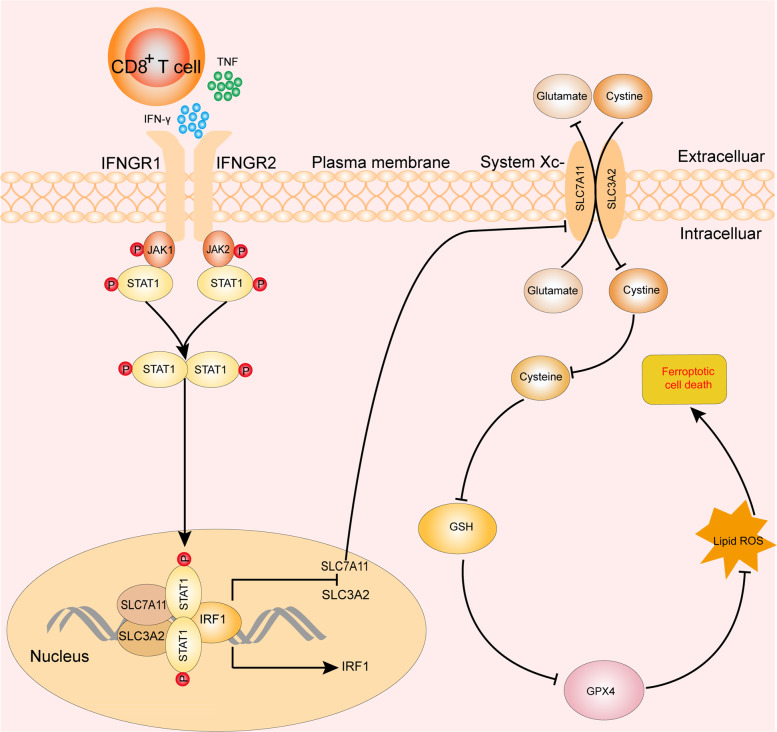Fig. 1. Mechanism of activated CD8+ T cells drives ferroptosis in tumor cells.
The activated CD8+ T cells generate IFN-γ and TNF; afterward, IFN-γ binds to the extracellular domain IFN-gamma R1/R2, results in Jak1 and Jak2 activation, and then contributes to STAT1 phosphorylation. After STAT1 phosphorylation, its homodimerization and nuclear translocation promote IRF1; both SLC7A11 and SLC3A2 are inhibited. Subsequently, the glutamate–cystine antiporter system xc is impaired, eventually resulting in tumor cell ferroptosis.

